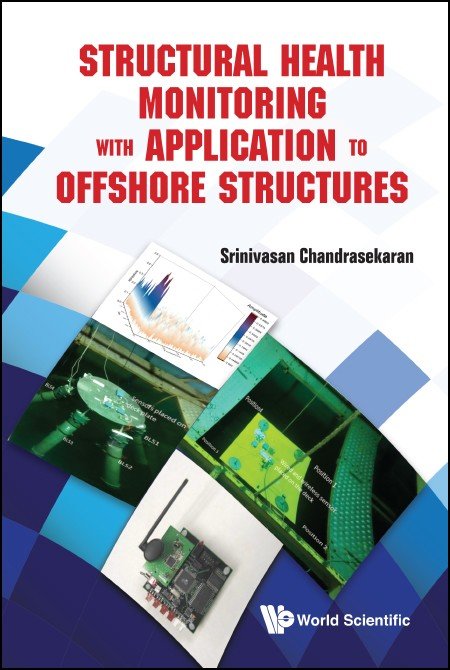Chapter 1: Structural Health Monitoring: An Overview
This chapter deals with the necessity of health monitoring of structures, focussing on the various components involved in structural health monitoring (SHM). While implementation of the SHM scheme imposes a big challenge in real timescale, the details of various factors that influence the implementation process are also discussed. Several components involved in the SHM process are highlighted, while specific issues with respect to concrete structures are discussed in detail. This chapter also summarises several advantages of SHM along with the long-term and short-term benefits both from economic and safety perspectives.


